How to Create a Pet-Friendly Indoor Garden Space

Bringing nature indoors by creating a garden space is a wonderful way to enhance the ambiance of your home, but if you're a pet owner, you’ll want to ensure that the space is safe and comfortable for your furry companions.
With a few thoughtful adjustments, you can create a pet-friendly indoor garden that allows you and your pets to enjoy the beauty of plants without compromising safety or comfort. Here’s how you can do it.
Why a Pet-Friendly Indoor Garden is Important
Pets, especially dogs and cats, love to explore their environment, and gardens—whether indoor or outdoor—can be a great source of enrichment for them.
However, many plants can be toxic to pets, and they may also get into your plants or garden decor in a way that could cause harm or damage.
Creating a pet-friendly garden is all about choosing the right plants, placing them wisely, and ensuring that both your pets and plants can thrive in harmony.
 Benefits of a Pet-Friendly Garden:
Benefits of a Pet-Friendly Garden:
Safe environment: Avoiding harmful plants and securing your garden space ensures your pets' safety.
Stimulating experience: Pets love exploring plants, and a safe indoor garden can provide sensory stimulation.
Improved aesthetics: Adding greenery to your home enhances its atmosphere and provides a natural space for both pets and people.
1. Choosing Pet-Safe Plants
The most important aspect of creating a pet-friendly indoor garden is choosing the right plants. Some plants are toxic to pets, so it’s essential to be cautious about what you bring into your home.
Fortunately, many plants are safe and offer beautiful greenery for your garden space.
Pet-Safe Plants to Include:
Spider Plant: A low-maintenance, safe plant that thrives indoors and is known for its air-purifying qualities.
Boston Fern: A lush, pet-safe plant that adds vibrancy to any space while being non-toxic to cats and dogs.
Areca Palm: A tropical favorite, this plant is safe for pets and adds a tropical flair to your indoor garden.
Calathea: Known for its beautiful foliage, Calathea is completely safe for pets and makes a stunning addition to any room.
Bamboo Palm: This palm not only creates a lush atmosphere but is also safe for your pets to explore.
 Toxic Plants to Avoid:
Toxic Plants to Avoid:
Lilies: These common houseplants are highly toxic to cats and can cause kidney failure.
Aloe Vera: While great for humans, it can cause vomiting and diarrhea in pets.
Oleander: A beautiful flowering shrub that is poisonous to both dogs and cats.
Pothos: While attractive and easy to care for, it’s toxic to pets and can cause significant harm if ingested.
2. Creating Pet-Proof Planters and Containers
When it comes to planting, selecting the right planters and containers is essential for both plant health and pet safety.
You’ll want to consider a few key factors such as whether the containers are stable, easily accessible, and won’t tip over easily when your pet explores.
Tips for Pet-Proof Planters:
Heavy Planters: Choose heavy planters or pots that are less likely to be knocked over by curious pets.
Elevated Planters: Consider hanging or placing plants on elevated surfaces like shelves, windowsills, or plant stands to keep them out of your pet’s reach.
Self-Watering Containers: These containers help reduce the need for constant watering and ensure that your plants thrive without making a mess that pets can get into.
Lidded Containers: For plants that require extra moisture, consider using lidded containers to avoid water spillage.
 3. Pet-Friendly Garden Layout
3. Pet-Friendly Garden Layout
When designing your indoor garden layout, take into account both the aesthetic appeal of your plants and the comfort of your pets.
You’ll want to create accessible spaces for your pets to enjoy without disturbing the plants, while also ensuring the plants get adequate light and space to grow.
Consider These Layout Tips:
Pet-Free Zones: Designate certain areas as pet-free zones where you can place your more delicate plants. This helps to protect both the plants and the pets from harm.
Plant Barriers: Use decorative barriers or indoor garden fences to create a designated space where your pets can interact with certain plants safely.
Pet Shelters: If your pets like to hide or retreat, create small shelters or pet-safe corners within your indoor garden where they can relax among your plants.
4. Creating a Safe Play Area for Pets
If you have pets who love to explore, having a dedicated play area within your indoor garden can be a great way to keep them engaged without harming your plants.
Designating a section of the garden for your pet to roam and enjoy will give them a safe and stimulating environment to enjoy.
How to Create a Playful Pet-Friendly Corner:
Grass Mats: Use pet-friendly grass mats that mimic outdoor environments and give your pet a chance to play in a natural setting.
Interactive Toys: Add pet-safe toys that encourage mental stimulation and play. A mix of indoor-friendly plants and interactive items will keep your pet engaged.
Cozy Nooks: Create a pet-friendly hideaway with soft cushions or blankets where your pet can relax next to your plants.
 5. Ensuring Air Quality and Plant Health
5. Ensuring Air Quality and Plant Health
Good air quality is crucial for both your plants and pets. Ensure that your indoor garden is in a space with adequate ventilation to maintain both plant health and your pet’s well-being.
Some plants can improve air quality by filtering toxins, while others may require specific humidity and temperature conditions.
Maintaining a Healthy Environment:
Air-Purifying Plants: Consider adding plants that naturally purify the air, like the snake plant, spider plant, or peace lily.
Humidity Control: Use a humidifier to maintain the right moisture level for both your plants and pets, especially if you live in a dry climate.
Proper Lighting: Ensure your plants receive enough light by placing them in areas that get adequate natural sunlight or use grow lights for indoor plants.
A Harmonious Indoor Garden for Pets and Plants
Creating a pet-friendly indoor garden is not just about choosing the right plants; it’s about designing a space where both your pets and plants can thrive together.
By selecting pet-safe plants, securing your planters, and designing a thoughtful layout, you can create a beautiful, safe, and engaging environment for your pets to enjoy.
With a little care and attention, your indoor garden can be a peaceful retreat for both your plants and your pets, allowing everyone to enjoy the beauty of nature indoors.
Did you find this post useful or inspiring? Save THIS PIN to your PETS Board on Pinterest!
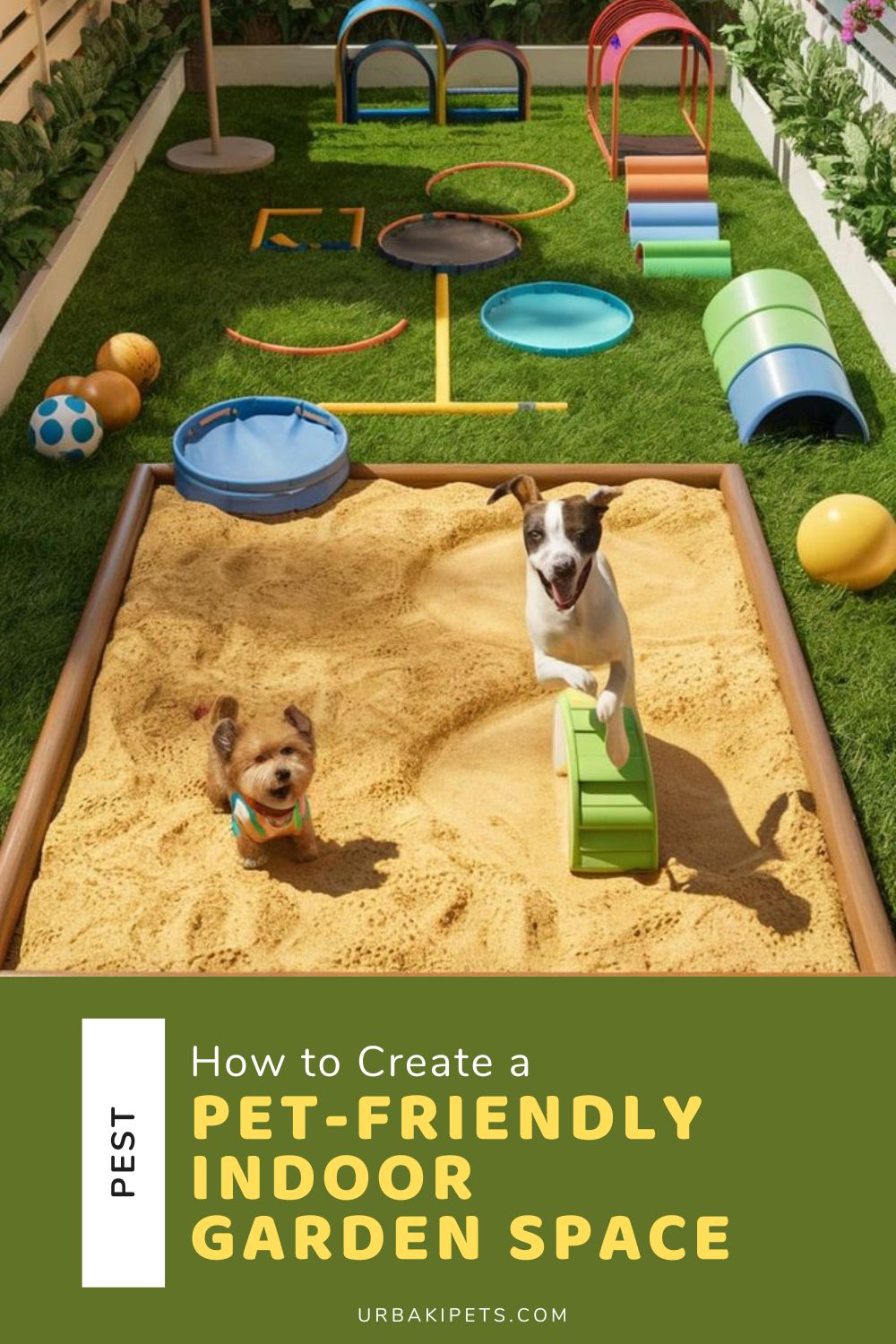

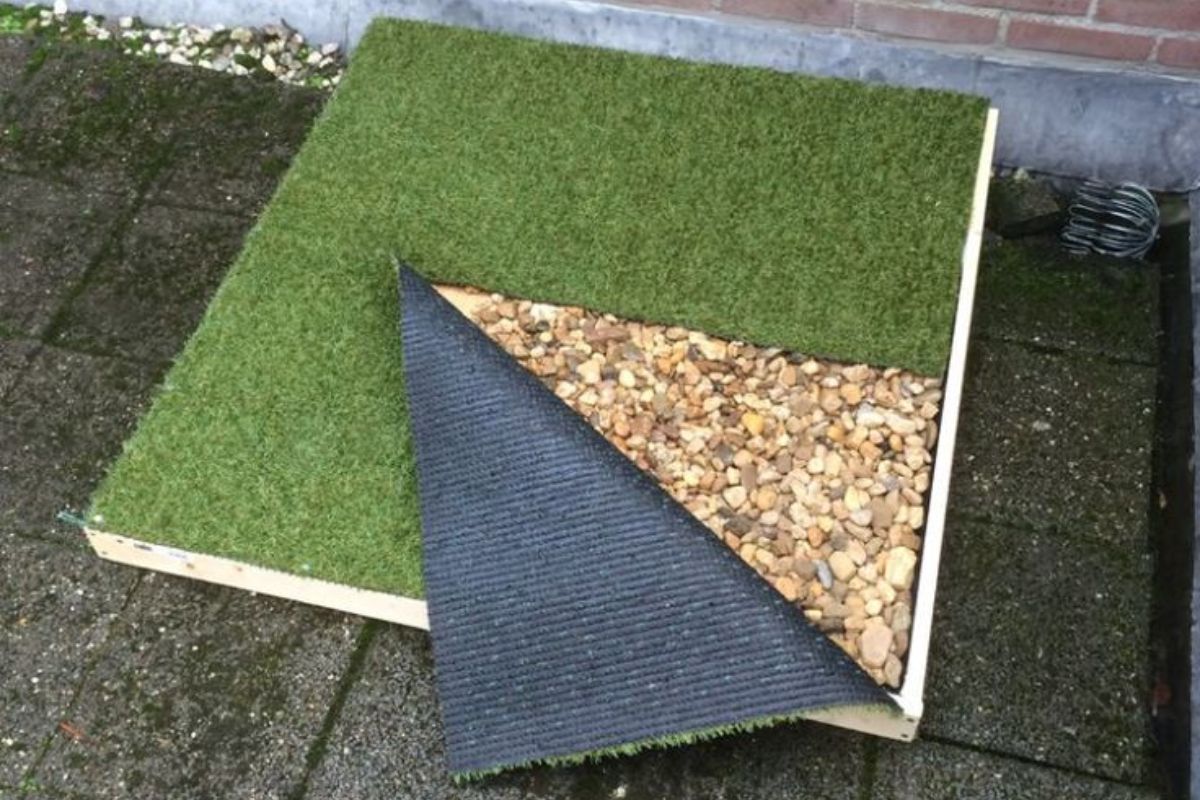 Benefits of a Pet-Friendly Garden:
Benefits of a Pet-Friendly Garden: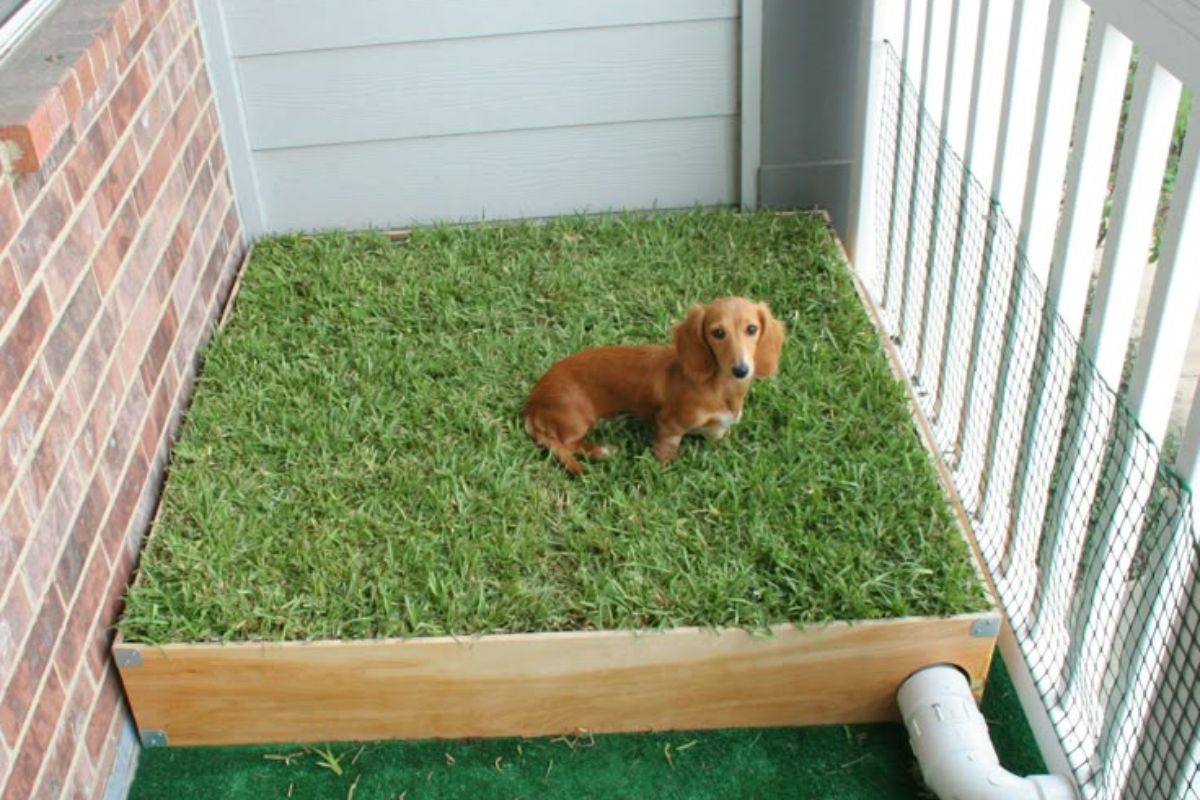 Toxic Plants to Avoid:
Toxic Plants to Avoid: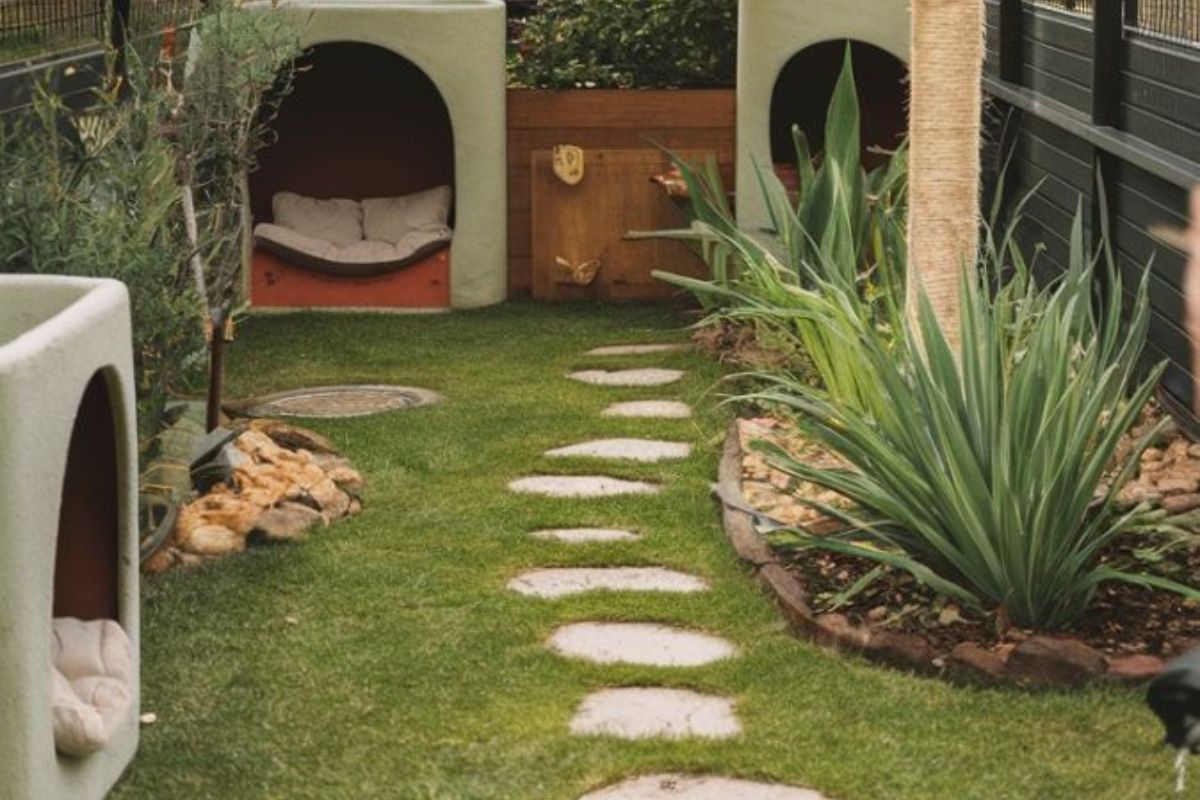 3. Pet-Friendly Garden Layout
3. Pet-Friendly Garden Layout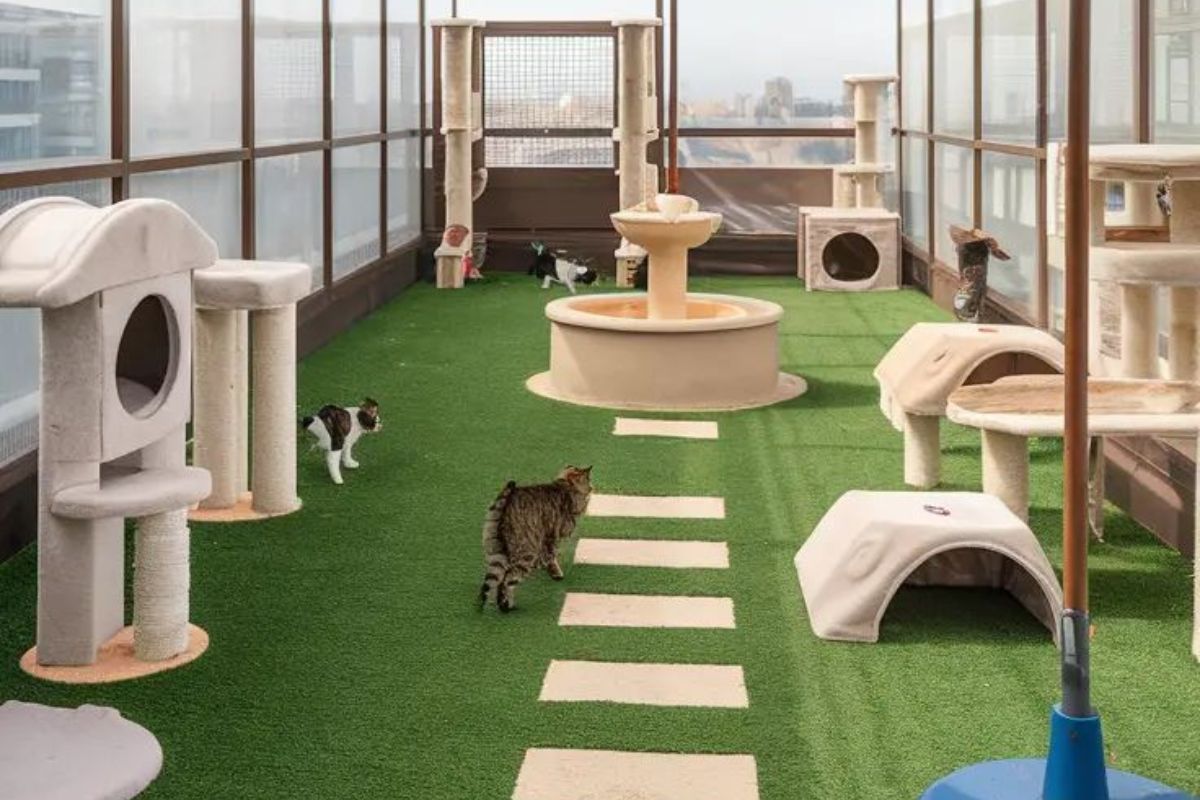 5. Ensuring Air Quality and Plant Health
5. Ensuring Air Quality and Plant Health
You may also like